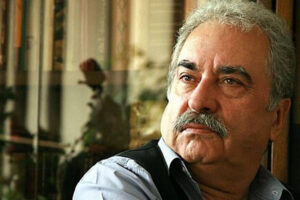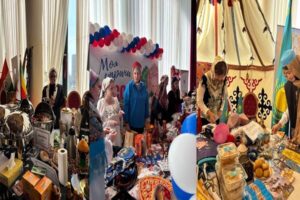Avash News: A ceremony marking the World White Cane Day was held in Tehran with the participation of the head of Iran’s Welfare Organization, Seyed Javad Hashemi; the president’s aide, Ali Rabiei; as well as representatives of the blind community.
Seyed Javad Hashemi stated that so far, 40 visually impaired people have been registered in the national database of elites. Emphasizing that the most important welfare measure for people with visual and hearing disabilities is prevention, Hashemi said that 18 million people with hearing problems and 62 million visually impaired individuals have been screened so far. The screening has helped 550,000 people at risk of blindness to be treated and cured.
Hashemi added that the global rate of amblyopia is between 3.5 and 4 percent, but it has declined to 1.5 percent in Iran.
“The social system must empower human beings — even by compensating for what they lack. Those who have lost something need rehabilitation tools to be able to meet their needs,” he said, adding that a budget of 5,000 billion tomans has been allocated for people with disabilities, of which 500 billion tomans has been spent for the blind, equipping 23,909 individuals with assistive tools.
Regarding the employment rate of people with disabilities, Hashemi said that 42,311 job opportunities were created in the last Iranian year, of which 4,236 were for the blind. About 1,397 blind individuals also became homeowners, with the costs covered by the Welfare Organization.
Pointing to the importance of accessibility and creating a suitable environment for the blind, Hashemi noted that “an elderly-friendly country is a human-friendly society, and naturally, a blind-friendly community.”
So far, 95 percent of state entities have made their banking payment systems accessible to the blind. “The Welfare Organization has improved the environment, facilities, and educational and job opportunities for the blind,” he said.
Officials also announced that a program called Salam is currently underway as a special initiative to improve eye health among children aged 3–6, while the elderly also receive free eye screenings and examinations as part of the Welfare Organization’s programs.







